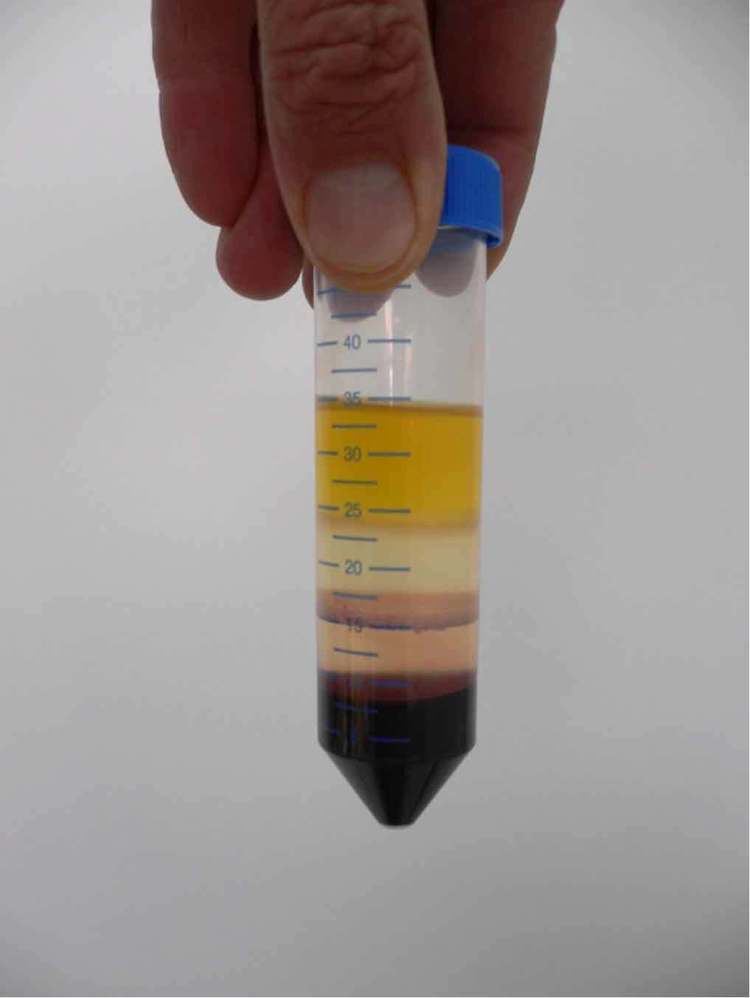 | ||
Melisa in time official video
A MELISA (Memory Lymphocyte Immunostimulation Assay) test is a blood test that detects type IV hypersensitivity to metals, chemicals, environmental toxins and molds from one single blood sample. The test does not measure toxicity – that is to say, it will not measure the amounts of a harmful substance in the patient's blood. It measures if the patient is allergic to it.
Contents
- Melisa in time official video
- Turkish bachata stars cem melisa abda
- Mechanism
- Occupational medicine
- Dentistry
- Chronic diseases
- Validity
- References
Two articles have concluded that the MELISA test is not useful for diagnosis since a large number of false positive results will be obtained. A subsequent study confirmed MELISA as reproducible, sensitive, specific, and reliable for detecting metal sensitivity in metal-sensitive patients.
Turkish bachata stars cem melisa abda
Mechanism
A MELISA test measures a so-called type-IV delayed hypersensitivity reaction. In contrast to a type-I allergy, which is mediated by IgE antibodies and is often tested using an ELISA test, a type-IV hypersensitivity reaction is mediated by T-lymphocytes (or memory lymphocytes) that have had prior contact with a given allergen. In genetically predisposed individuals, an ongoing everyday exposure to allergens can induce the type-IV hypersensitivity with a resulting allergic reaction.
The test procedure is a cell culture and requires live memory lymphocytes. Lymphocytes are isolated and cultured in an incubator for five days. A portion of the blood is kept intact (unexposed to allergens) to serve as a negative control. A second portion is exposed to a universal allergen, such as Pokeweed, to serve as a positive control. Finally, the third portion of the blood is exposed to the suspected allergen in several different concentrations, to ensure that the conditions in vitro are as similar as possible to the ones in vivo.
As an example, if a patient has a suspected allergy to dental amalgams, then the allergens tested for will be the metals most commonly used in dental amalgams, such as mercury, silver, tin, and copper. If a patient has a suspected contact allergy to nickel then the test can be used to test for nickel allergy. This is especially useful in individuals who have clinical symptoms (contact dermatitis) but a negative patch test. The lymphocyte reaction to such an allergen is measured by two separate technologies: one based on the uptake of a radioactive isotope by dividing lymphocytes (proliferation); the other by classical microscopy evaluation (transformation). The level of reactivity is measured as a Stimulation Index (SI), against the naïve lymphocytes from the unexposed sample (negative control). Viability and reactivity is determined by cell count as well as reaction to the positive control.
Occupational medicine
The MELISA test is used in occupational medicine and environmental health. It has been used to screen workers exposed to metals, chemicals or other allergens in their workplace. This is what the test was developed for originally, at the Astra (now Astra-Zeneca) laboratories in Stockholm, Sweden. In the U.S., a similar technique (LTT) is routinely used to screen for Beryllium allergy in asymptomatic workers exposed to Beryllium dust. Other occupations that use sensitivity testing include construction work, mining, electrical work, rubber/wood/ paper/textile industry work, dentistry, hairdressing, and painting. The MELISA test is used to screen, diagnose and monitor the immune response of susceptible or affected individuals.
Dentistry
In Europe, the test is commonly used in dentistry to test for allergy to dental restorative materials, braces and prostheses.
Chronic diseases
The test is also used to determine whether metal allergy is a factor behind chronic diseases such as chronic fatigue syndrome and multiple sclerosis. The authors hypothesize that if the immune system is constantly staging an allergic reaction to a metal present in the body, this will alert the HPA axis inducing fatigue-like symptoms. A study of 930 fatigue patients showed 62% testing MELISA-positive to metal allergy. Of those who removed the offending metals, 76% improved, but there was no placebo control. Metal allergy is not recognized by scientists as an accepted cause of chronic fatigue syndrome or multiple sclerosis.
Validity
To test whether patients with symptoms attributed to dental amalgam differed from healthy controls, a study compared 23 amalgam patients, 30 healthy blood donors with amalgam and 10 healthy subjects without amalgam using MELISA and other tests. The researchers found that a high frequency of positive results was obtained among healthy subjects with or without dental amalgam, and concluded that the test cannot be used as an objective test for mercury allergy.
Another study used 34 patients to test the sensitivity and specificity if the MELISA test, and concluded that it is not useful for diagnosis of contact allergy to the metals gold, palladium and nickel, since a large number of false-positive results will be obtained.
However, according to the MELISA Foundation the studies are flawed, mainly due to the incorrect selection of patients included as well as the use of patch test as a gold standard for the measurement of metal allergy. The clinical relevance of the test has been shown by the decrease of patient-reported metal-specific responses following the removal of the allergy-causing metals (however the trial did not have a placebo control).
